9 Ways to Get 6-Pack Abs in 60 Days According to Science

When it comes to abs, a six-pack has been the golden standard for everyone from bikini models to fitness competitors. However, in order to achieve a perfectly chiseled midsection it takes a lot more than a couple of crunches every day. How can you get coveted chiseled abs? There is actual science behind a six-pack, claims one expert.
Bodybuilder Jeff Nippard Explains the Science Behind a Six-Pack
In a YouTube video, Jeff Nippard, a professional bodybuilder and internationally-qualified powerlifter with a BSc in biochemistry and chemistry, explains the actual science behind a set of six-pack abs.
You Need Low Body Fat to See Abs
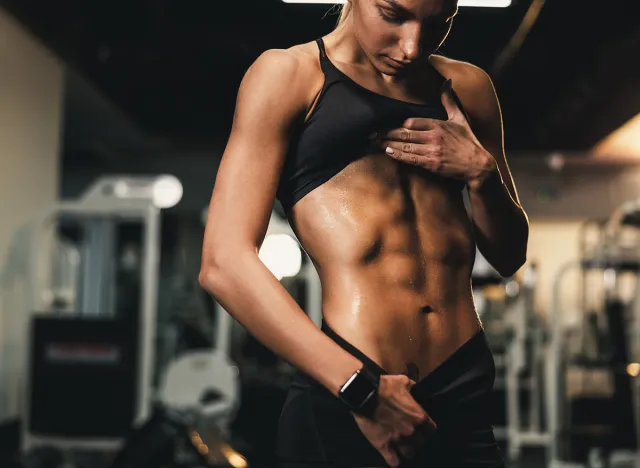
At the start of the video Nippard explains that abs don't become visible until you achieve 20 percent body fat, "and at 10 percent body fat, you'll have a well-defined six pack," he says. "Assuming you've developed your abs through proper training, which we'll get to now, at 6 percent body fat, you'd be truly shredded, lean enough for a pro bodybuilding competition." He adds that the "sweet spot" zone is between 10 and 20 percent body fat. "This is where you'll have visible abs but not suffer from the nasty side effects of extreme dieting," he says. For women, the "six pack sweet spot is around 18 to 28 percent body fat."
Related: 7 Weight Loss Myths You Should NEVER Follow, According to Expert
He Says There Are Three Science-Based Tools to "Get Your Abs to Pop"
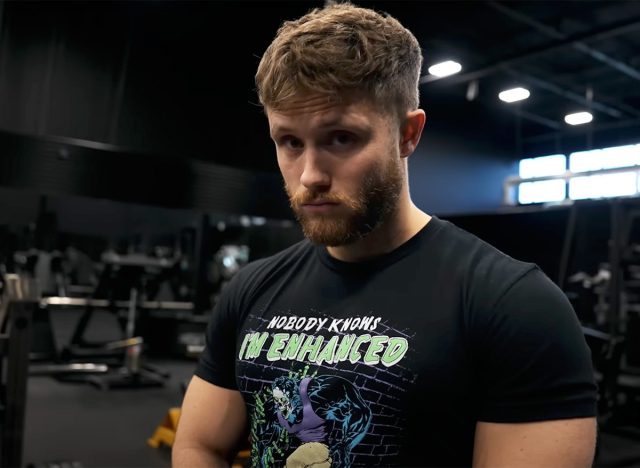
"While you can't change the genetic structure of your abs, I'm going to explain how to get your abs to pop regardless of the genetic hand, you were dealt by using three science-based tools," he says, revealing how diet, exercise, and supplements can all help you achieve a six-pack.
Exercise: Do "Progressive Overload Training"
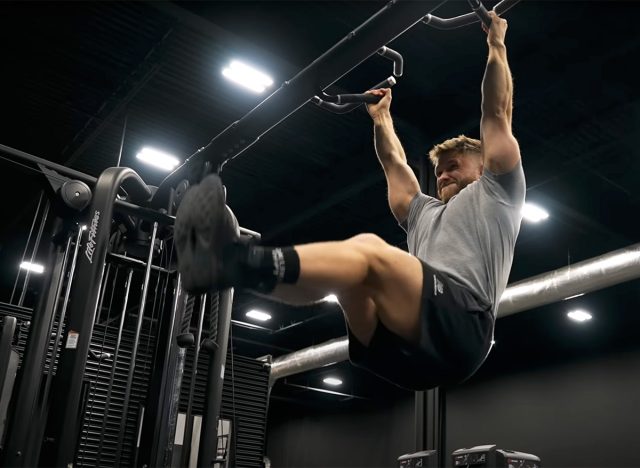
First up "how to train your abs optimally using just two exercises," he says. He explains that "to get your six pack to really pop" you are better off "doing progressive overload training just like you would for any other muscle" than a lot of the ab exercises you see on social media. "That means loading the ab muscles with weight. And to build your best six pack, you really only need two exercises, one weight loaded crunch, and one leg raise," he says. NASM explains that this type of training is crucial when building muscle mass, as doing the same exercise every day will lead to a plateau. They warn to build weight up slowly to avoid any injuries.
Exercise: Do Cardio
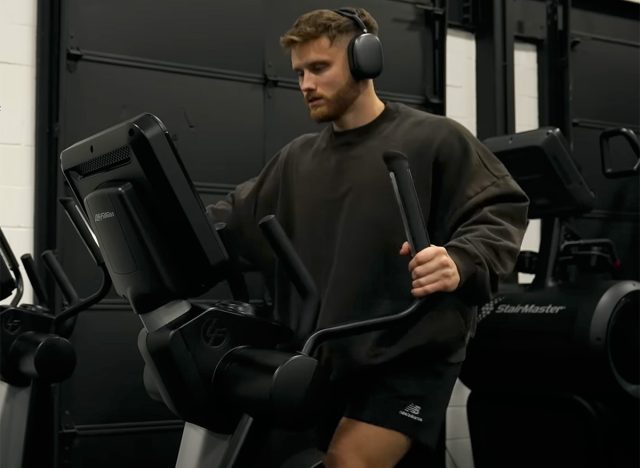
"It would also be smart to include some cardio in your plan even if it isn't required for fat loss," says Nippard. "Research shows that combining weight training and cardio leads to smaller waists than just weight training alone. Being more active with cardio will also allow you to eat more calories and more active people tend to be more successful in keeping the weight off over the long term. So feel free to include two to five, 30 minute low to moderate intensity cardio sessions per week."
Related: 12 Best Foods For Men to Build Muscle
Diet: Make the Calculations
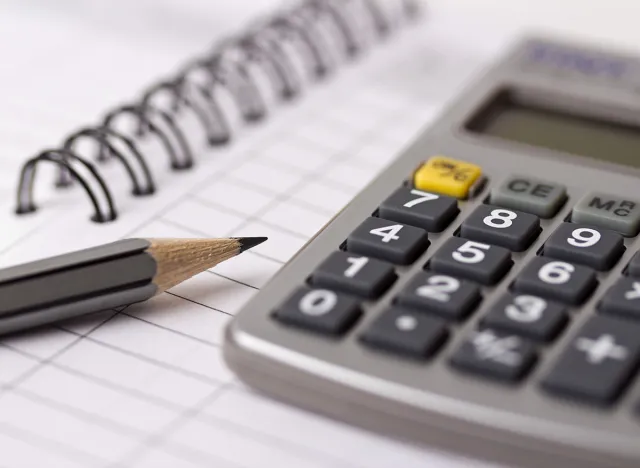
Second, you need to "adjust your diet," says Nippard. "I'll help you calculate exactly how much fat you need to lose and how to set up your diet to mathematically guarantee that you get there as long as you follow the plan." He says the "reality is you can do the most optimal progressive ab training on the planet, and until you get lean enough, your abs simply won't be visible and that's where your nutrition comes in."
Diet: Here Is How to Calculate the Protein, Calories, and Fat You Need
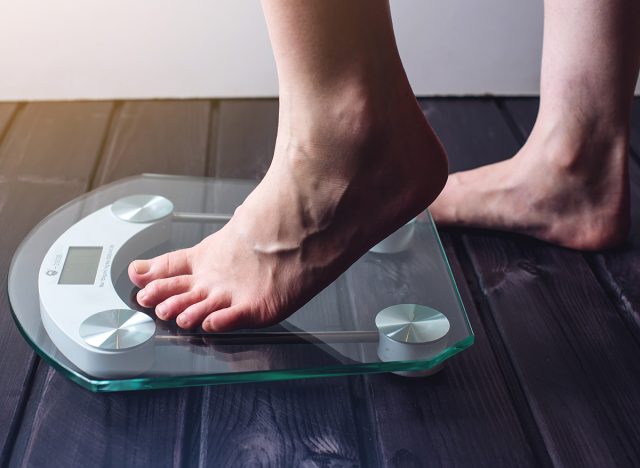
His "six-pack diet" is easy: "Take your current body weight in pounds and multiply it by 10 to 12. That's how many calories you'll eat," he says. "Then take your goal body weight also in pounds and multiply it by 0.8 to one. That's how much protein you'll eat. Make sure you eat at least 50 grams of fat per day, and whatever's leftover are free calories. They can be carbs, fat, or protein." Why should you pay attention to calories? Chris McMahon, a nutrition and fitness coach confirms that the "best way to actually shrink your stomach" is maintaining a consistent calorie deficit. "There's no way around it. People say that diets don't work. That's not true."
Supplements: Protein Powder
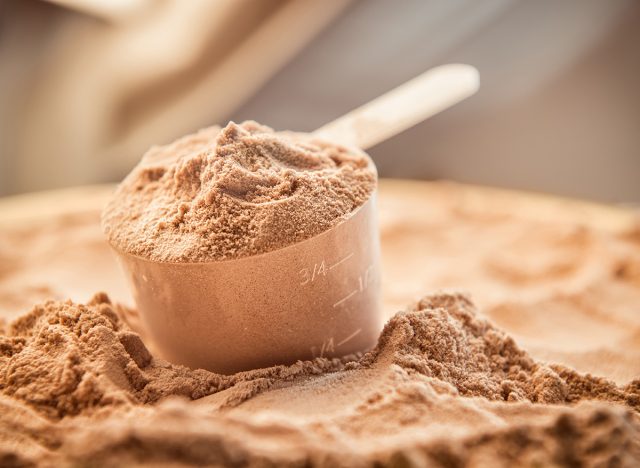
The third component is supplements, he says, recommending three "that are actually worth your money." First up is protein powder. "This isn't required, but it can make hitting your total daily protein intake a lot easier. I'll usually have a 30 to 50 gram protein shake immediately after training, not because there's a super time sensitive anabolic window, but simply because it's an easy way for me to boost my daily total," he says. Science agrees that protein is important for weight loss and building muscle, as it can help reduce body weight (BW) and enhance body composition by decreasing fat mass while preserving fat-free mass (FFM) in both low-calorie and standard-calorie diets.
Supplements: Creatine
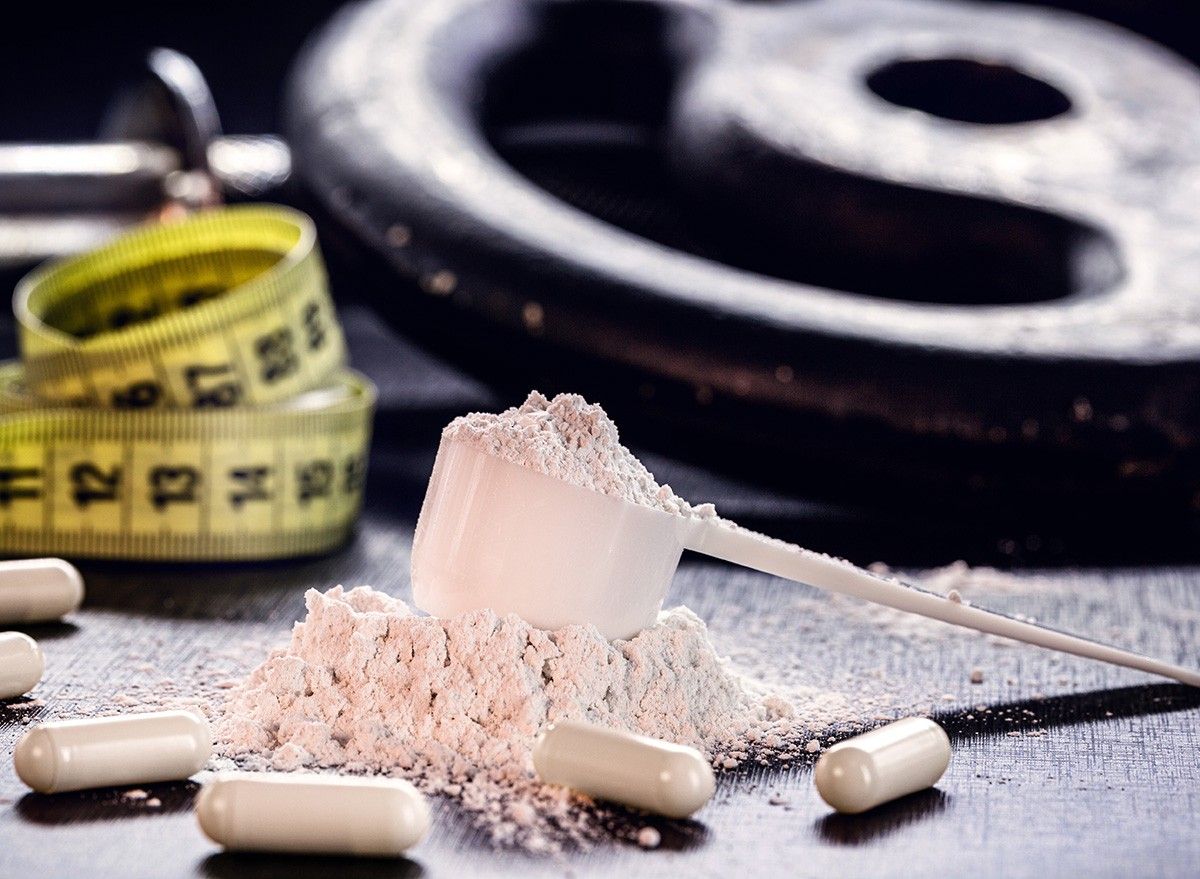
The second is creatine, or monohydrate. "I take five grams every day. It doesn't seem to matter when you take it and you don't need to cycle on and off. Decades of research have shown no negative side effects, and it's one of the only legal supplements that actually offers a meaningful boost in both strength and muscle mass," he explains. "It won't make you look watery or bloated, but it doesn't seem to work for about 25% of people. So you'll need to try it out for yourself to see if you're a responder."
Related: I'm a Nutritionist and Here are 10 Weight Loss Foods I Buy Every Week
Supplements: Caffeine
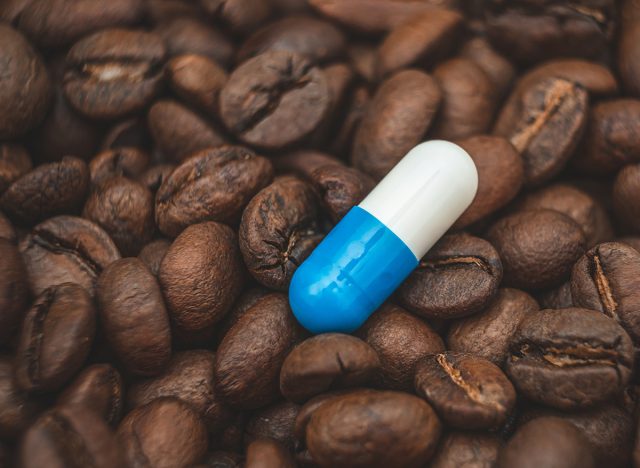
The third is caffeine. "I personally take a pre-workout supplement for this, but if you don't want to take pre-workout for whatever reason, coffee or caffeine tablets can get the job done," he says. "Caffeine does have a small thermogenic effect and it does seem to burn some extra calories, but it isn't clear if this translates to significantly more fat loss over the long term." He adds that it helps him "feel more focused and alert during training" but he only suggests taking it "on days when you feel like you really need it or cycling off it for a few weeks, once every few months."
💪🔥Body Booster: Doing the same crunches every day will likely not result in a six-pack. Consider incorporating progressive overload into your ab workout, gradually adding resistance and weight.




